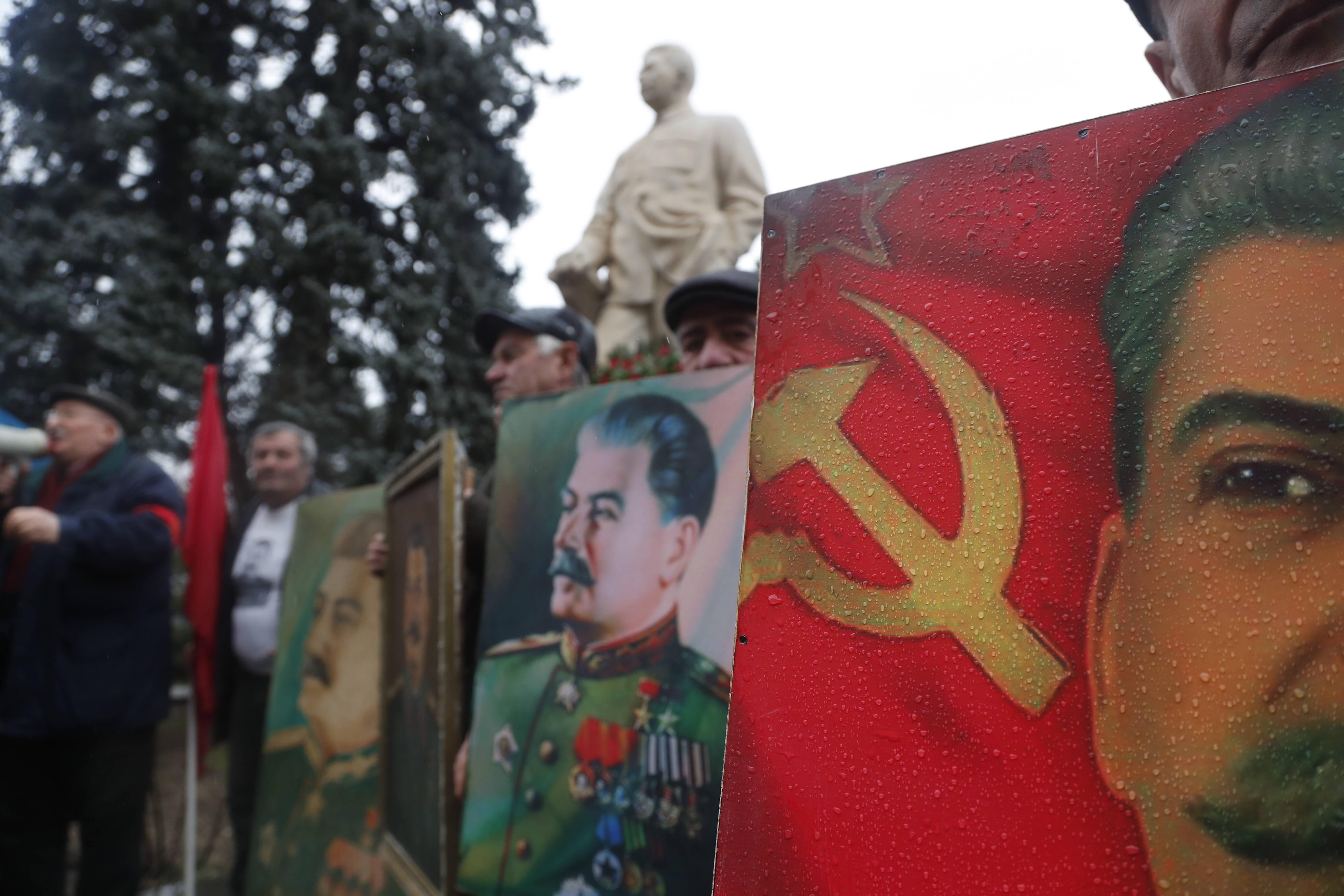Did Stalin, contrary to the stances of the members of the Big Three, give Lower Silesia in its present form to Poland?

It is not true that Poland owes the favourable line of its south-western border to the determination of Stalin. He was initially in favour of keeping it on the Oder-Neisse Line, along the Oder and the Lusatian Neisse rivers. This would have meant that a large part of Lower Silesia would remain as German territory. The final shape of the border was the result of the Polish side's efforts and the agreement between the entire Big Three Allied powers (Great Britain, United States of America and the Soviet Union) to compensate Poland for the loss of its Eastern Borderlands.
The tweet submitted for fact-checking stated that it was Stalin who "insisted that the border be based on the Lusatian Neisse River, not the Eastern Neisse River, as the Anglo-Saxons wanted, thanks to which we have the Copper Belt, half of Wroclaw, Walbrzych, Zielona Gora and Jelenia Gora. Stalin gave us a smattering of land." However, it is not true that the final shape of the western border that was favourable to Poland was the result of the determination of Joseph Stalin.
While his position on Poland's eastern border along the Curzon line was unchanged, his attitude toward the course of the western border evolved and was by no means an obvious matter. At the beginning, Stalin pushed for a completely different variant, unfavourable for Poland, border with Germany.
When the Big Three (Joseph Stalin, Winston Churchill, Franklin D. Roosevelt) first discussed the post-war world order (including Poland) in Tehran in November-December 1943, the loss of the Eastern Borderlands to the USSR was a foregone conclusion. Everyone agreed that Poland, as compensation, should receive new lands in the west at the expense of defeated Germany. Then, Stalin proposed the creation of the Polish-German border on the Oder and the Eastern Neisse (rather than the Lusatian) rivers.
The archives in Moscow contain a map on which Stalin supposedly drew Poland's western border in his own hand. The Klodzko area, as well as the strip of land from Glubczyce to Raciborz, were supposed to belong to Czechoslovakia, while the vast majority of today's Lower Silesia (including Legnica, Walbrzych, Jelenia Gora and Lubin) would remain German. The largest city in the region was to be divided into a Polish Breslau and German Breslau.
Thus, the original course of the western border was unfavourable for Poland. The variant envisaging the border on the Lusatian Neisse River was not proposed by Stalin but by Polish side. It first appeared in the agreement concluded on 26 June 1944 between the Polish Committee of National Liberation and the government of the USSR. The latter was obliged to support Polish aspirations for the border between Poland and Germany to be established west of Swinoujscie and Szczecin, and further along the Oder and Lusatian Neisse rivers.
The subsequent conference of the Big Three at Yalta in February 1945 upheld the agreement for the eastern border on the Curzon line and enigmatically stated that Poland should receive substantial territories in the west and north, but the final agreements were to be made at a peace conference. The details were to be decided after consultations with the new Polish government. On 10 July 1945, the Provisional Government of National Unity handed over a memorandum to the governments of the USA, Great Britain and the USSR suggesting that Poland's western border should be established on the Oder and Lusatian Neisse rivers.
Details of the Polish border with Germany were not agreed upon until the third Allied meeting, at Potsdam (17 July-2 August 1945). On 28 July 1945, the Polish delegation in order to strengthen the argument for a border on the Oder-Neisse Line handed over another memorandum to the representatives of the three great powers. The Big Three finally agreed to the Polish proposals of the border shape.
In the communiqué concluding the Potsdam Conference, the line on the Oder and Lusatian Neisse was recognised as Poland's provisional western border. Thus, Wroclaw avoided being divided.
Contrary to what the author of the tweet suggested, the final course of the western border, favourable to Poland, certainly was not the result of Stalin's disinterested stubbornness, but merely his desire to maximise the sphere of Soviet influence.
In granting Poland such large areas of pre-war Germany, a decisive role was played by the desire of the representatives of all three great powers to compensate Poland for the huge territorial losses in the east to the USSR and to appreciate the participation of Polish troops on the side of the victorious anti-fascist coalition.
Despite favourable decisions concerning its western border, Poland emerged from the war depleted by one-fifth of its pre-war territory. The border on the Oder-Neisse Line was only recognised by the government of the Federal Republic of Germany in December 1970, when Chancellor Willy Brandt signed a treaty to normalise relations with Poland.
21.09.23